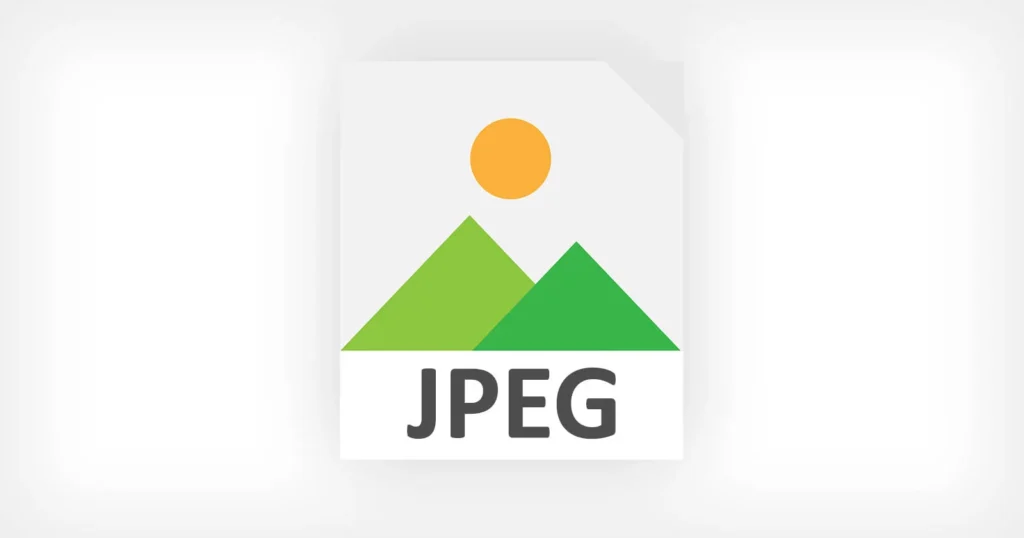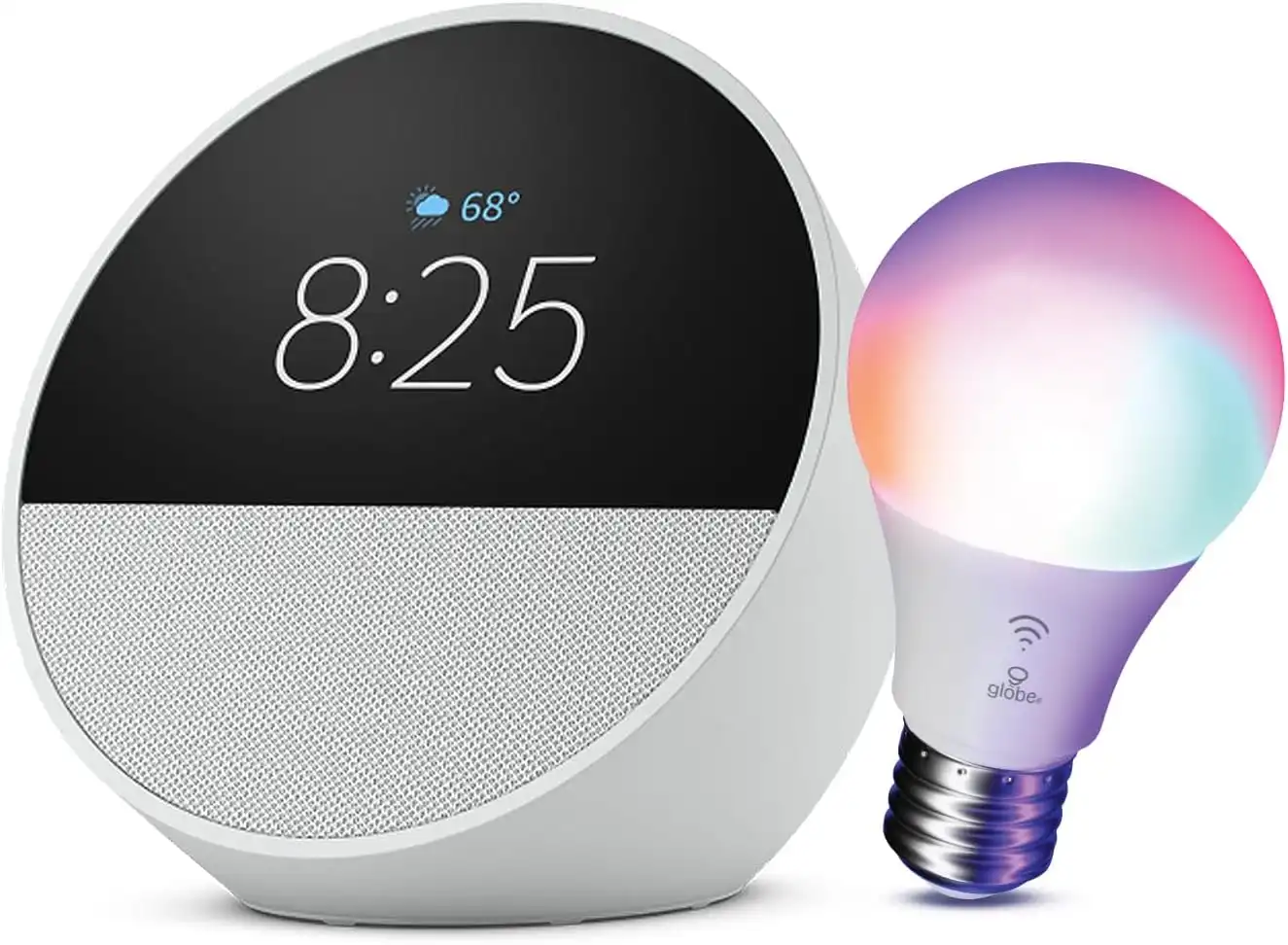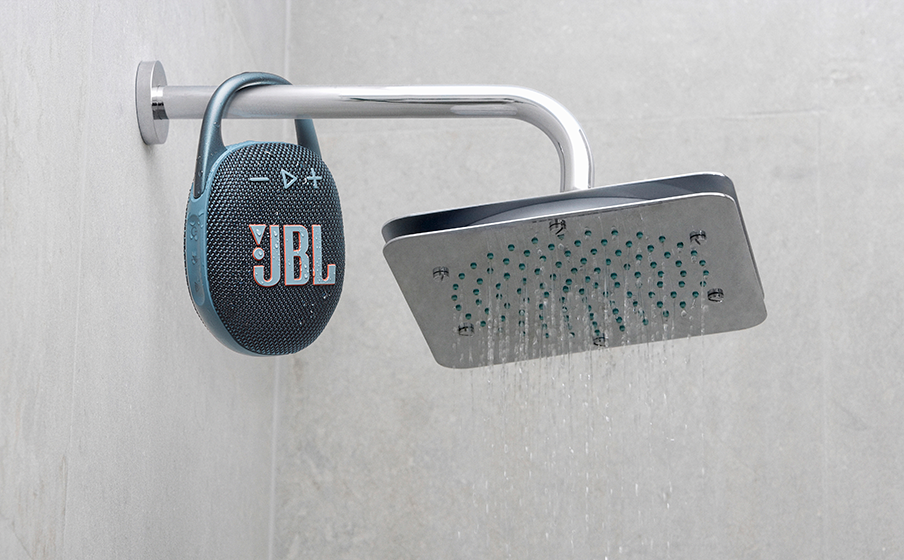
The Evolution of Image Formats: JPG’s Future in Question
For over three decades, the JPG format has dominated the realm of digital imagery, playing a pivotal role in the development of the internet and digital photography. However, as technology advances, JPG faces stiff competition from more efficient and powerful alternatives. This article delves into the history of JPG, the reasons for its declining relevance, and the emerging formats that may soon take its place.
The Legacy of JPG
JPG was designed to provide lossy compression, significantly reducing file sizes—a crucial advantage during the early days of the internet when bandwidth and storage were limited. As a result, JPG remains one of the most widely recognized image formats, compatible with nearly all devices and applications. However, the format’s lossy nature can lead to visible artifacts, particularly when heavily compressed, resulting in pixelation and diminished image quality.
Declining Relevance of JPG
With rapid advancements in technology, modern image compression techniques have outpaced JPG. Photographers, designers, and web developers are increasingly moving away from JPG due to its limitations in color depth and resolution. Notably, JPG only supports eight bits per color channel, which is inadequate for high dynamic range (HDR) images and sophisticated color management systems.
New Contenders: AVIF, JPEG XL, and WebP
- AVIF: The AV1 Image File Format (AVIF) is one of the most promising successors to JPG. Built on the AV1 video codec, it offers remarkable compression capabilities, allowing for smaller file sizes without sacrificing quality. AVIF supports HDR, up to 12 bits of color depth, and transparency, making it a future-ready choice. Moreover, it can handle animations, serving as a modern alternative to the aging GIF format.
- JPEG XL: As a direct successor to JPG, JPEG XL maintains user-friendliness while enhancing compression efficiency. It allows users to save 50-75% of storage space without compromising quality and supports a color depth of up to 32 bits. This makes JPEG XL particularly appealing for professional use.
- WebP: Developed by Google, WebP is essential for web applications as it combines the strengths of JPG and PNG. It supports both lossy and lossless compression, along with transparency features, making it ideal for images with transparent backgrounds. Despite its advantages, WebP has yet to achieve the same level of popularity as JPG.
- HEIC/HEIF: Apple’s HEIC and HEIF formats provide better compression while retaining quality, supporting transparency and color depths of up to 16 bits. While they offer significant improvements over JPG, their potential market penetration may be limited due to licensing fees for encoding.
The Road Ahead for Image Formats
While JPG has served its purpose well, it is increasingly clear that it does not meet the demands of modern digital imagery. Formats like AVIF, WebP, and HEIC/HEIF offer superior compression and image quality. However, not all alternatives will find success. JPEG XL, despite its merits, faced setbacks when Google removed it from the Chrome browser, raising questions about its future viability in a market where Chromium-based browsers dominate.



